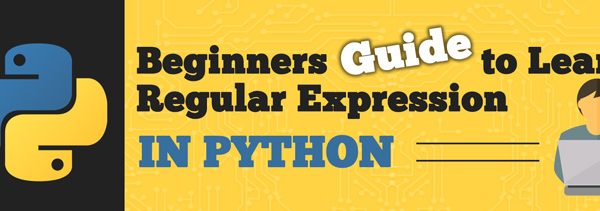Beginners Tutorial for Regular Expressions in Python
Importance of Regular Expressions In last few years, there has been a dramatic shift in usage of general purpose programming languages for data science and machine learning. This was not always the case – a decade back this thought would have met a lot of skeptic eyes! This means that more people / organizations are using tools like Python / JavaScript for solving their data needs. This is where Regular Expressions become super useful. Regular expressions are normally the default way […]
Read more

